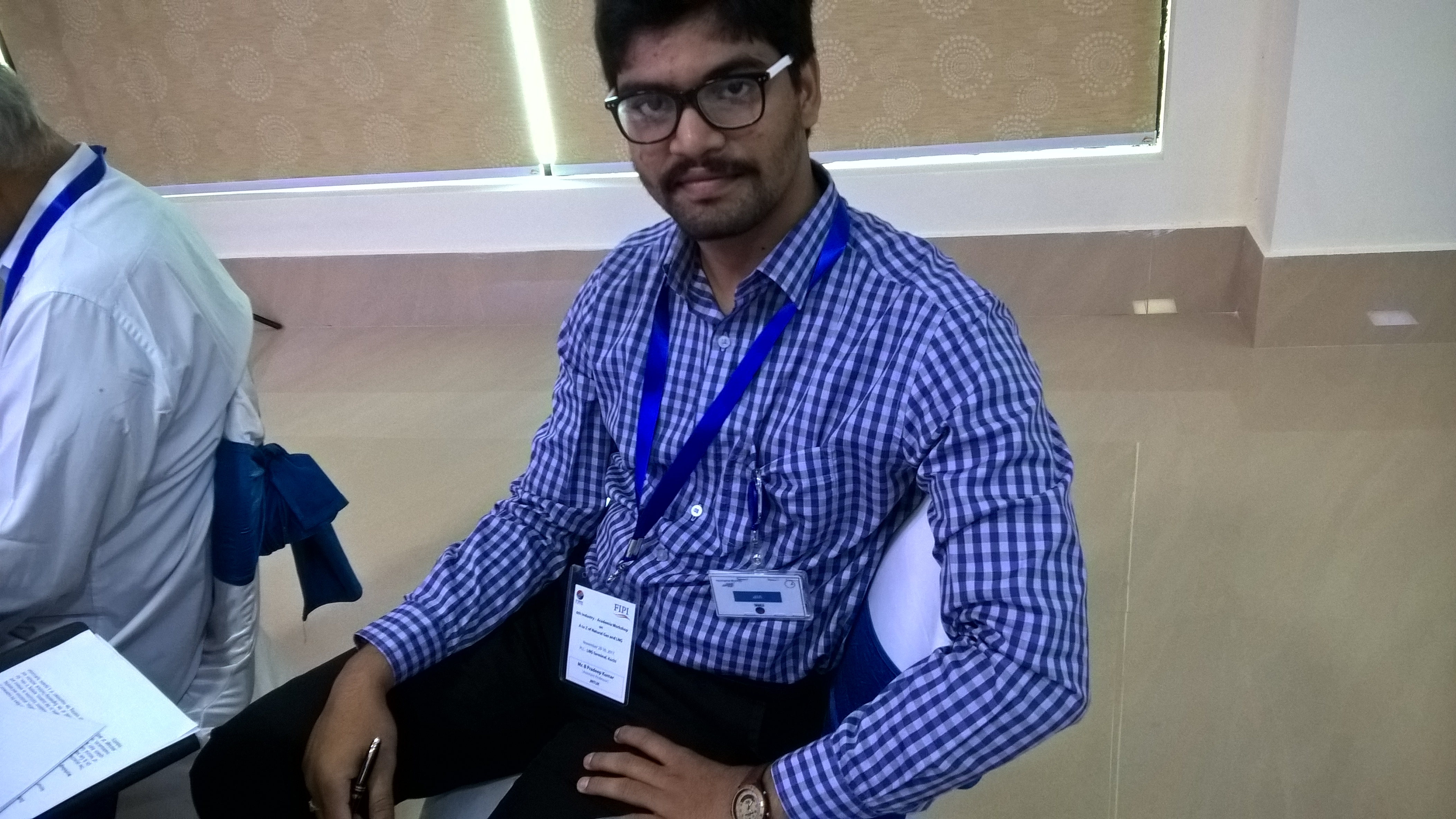Discuss the recent developments in Maldivian politics and critically analyse India’s stand towards such developments. (200 words)
Refer – The Indian Express
Enrich the answer from other sources, if the question demands.

IAS Parliament 7 years
KEY POINTS
Recent developments
· In the 2013 election, the incumbent President Abdulla Yameen defeated Mohammad Nasheed who was deposed from presidency in 2012 by a coup.
· Meanwhile, Nasheed was sentenced in 2015 to 13 years in prison for charges of terrorism, and has remained in exile all these years to avoid arrest.
· Recently, the Supreme Court cancelled his imprisonment and that of eight other political leaders, which the current ruling dispensation hasn’t liked.
· The order also reinstated 12 parliamentarians who were disqualified last year and also asked the government to convene the parliament (Majlis).
· The government has been openly refusing to comply and has started repressive action against opposing voices.
· And the crisis went deep, when the troops stormed in to the Supreme Court and arrested the Chief justice and a Supreme Court judge.
· Later, President Abdulla’s Yameen declared a state of emergency in Maldives.
· Exiled former president of the Maldives, Mohamed Nasheed sought India’s military intervention in the country to release dissidents in prison.
India’s stance
· India urged the government of Maldives to respect and abide by a Supreme Court order.
· India had also issued a statement of concern over the growing crisis in the Maldives, but it didn’t respond to former President Mohamed Nasheed’s appeal for military intervention.
Options before India
· Historic Perspective – India has committed itself to the principle of “non-intervention” in the internal affairs of other countries.
· It is also strongly against external strings in its domestic politics and has regularly criticised western powers for interventions in developing countries.
· But despite this, India has made multiple interventions in its neighbourhood when pressing concerns have called for such action.
· The Bangaladesh liberation of 1971, Sri Lankan intervention in the late 1980s, and more recently, in shaping the Nepali constitution are some examples.
· Maldivian Case - When the former president Nasheed was ousted from office in a coup in 2012, India had backed him strongly.
· But the subsequent rise of Nasheed’s nemesis and the current president Yameen, India was forced to recalibrate its stands.
· This was partly due to Yameen’s strong Islamic diplomacy with the Arab world and his ties with China which is backed by high-profile infrastructure projects.
· Current Situation - Yameen is currently looking towards China to secure his position, despite mounting international pressure.
· Hence, India has the option to either remain neutral or put its weight delicately behind the opposition to rally for a regime change.
· While the former is the safer option, an intervention can be beneficial but would inherently invite the ire of China and holds with it the risk of failure.
· India needs to make its move after weighing all the stakes involved.

pradeep kumar BEHARA 7 years
Plz. review!

IAS Parliament 7 years